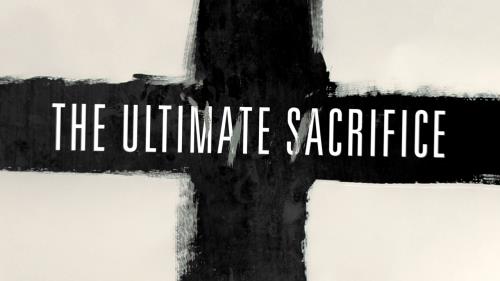-
The Lord Of The Sabbath Series
Contributed by Chris Hodges on Nov 28, 2017 (message contributor)
Summary: To stress that the Lord gives us commands for our benefit.
The Gospel of Mark #9:
The Lord of the Sabbath
Text: Mark 2:23-3:6
Thesis: To stress that the Lord gives us commands for our benefit.
Introduction:
(1) After discussing the need for new wineskins, the Pharisees attempt to go back to the old wineskins of observing the Sabbath according to their traditions.
(2) Jesus now points out that even their concept of the old wineskins completely missed the mark.
Discussion:
I. The Story:
A. In scene one, Jesus and His disciples are walking through some grainfields on a Sabbath day and His disciples pluck some heads of grain.
1. The Pharisees come and complain to Jesus about the actions of His disciples.
a. “Among the scribes it was assumed that a teacher was responsible for the behavior of his disciples. For this reason the Pharisees address their protest directly to Jesus” (Lane 115).
b. “According to Deut 23:25, picking a little grain by hand from a neighbor’s field was legal” (Brooks 65).
c. However, the Pharisees viewed this as a violation of Exodus 20:8-11.
1) “The scribes enumerated 39 kinds of work that were prohibited, and the third of these was reaping. The Pharisees interpreted picking a few heads of grain as reaping” (Brooks 65).
2) “One wonders what the Pharisees were doing in the cornfields themselves: their sole purpose may have been to criticize the disciples of Jesus” (Cole 128).
2. Jesus responds by citing the example of David from 1 Samuel 21:1-6.
a. “The ‘consecrated bread’ was 12 loaves that were put on a table in the tabernacle (the ‘house of God’ of v. 26) each Sabbath, probably to symbolize God’s presence and provision or to represent Israel before God (Exod. 25:30; Lev. 24:5-9), and which were eaten only by the priests at the end of the week” (Brooks 66).
b. “He cites David’s violation of the Torah not as an excuse for his action but as a precedent” (Edwards 96).
c. “Jesus’ arguments is this: ‘David, when hungry ate the showbread, an admittedly unlawful act. And yet, you Pharisees justify him. My disciples picked grain on the Sabbath day because they were hungry, something which the law of God permits, and you condemn them. You stand convicted by your own logic” (Schubert 39).
d. “Since King David ate forbidden consecrated bread to meet his need, so it was alright to meet one’s need on the Sabbath” (Hughes 1:80).
3. Jesus continues to respond by discussing the true purpose of the Sabbath.
a. “Jesus meant that human beings were not created to observe the Sabbath but that the Sabbath was created for their benefit. The Sabbath is not an end in itself or the greatest good” (Brooks 67).
b. “The Sabbath was originally given to give man rest and recreation. Properly observed, it would be a joy. But the Pharisees had so ringed it about with their thousands of hair-splitting interpretations of what it meant to cease work on the Sabbath that they had made it a terrible burden to bear” (Schubert 38).
c. “None of God’s laws were intended to be interpreted in ways that hurt men rather than help them” (Schubert 39).
d. “The authority of Jesus as the Son of Man extends over the Sabbath itself” (Edwards 97).
e. “This statement boldly affirms that as Lord the Son of Man is the one who decrees what is lawful and unlawful, permissible and impermissible, and any customs ordained by the Pharisees or their traditions are thereby rendered null and void” (Garland 107).
B. In scene two, Jesus heals a man in the synagogue on a Sabbath day.
1. “The scribal rule the Pharisees followed permitted healing on the Sabbath only where life was in danger, which certainly was not the present case” (Brooks 68).
2. The Pharisees were there to watch what Jesus would do.
a. “The condemnation of the Pharisees is that they utterly failed to see in this man a case of need. All they saw was a possible ground of accusation against Jesus” (Cole 131).
b. Instead of worshipping God, the Pharisees were at His house to condemn Him.
3. Jesus then “deliberately called the man into the center and turned the spotlight on him, as it were, and said, ‘Look! I do not want any of you to miss this. I want all of you to see what I am about to do” (Schubert 40).
4. Next, Jesus asks a question in order to stress that “where good needs to be done, there can be no neutrality, and failure to do good is to contribute to the evil” (Edwards 99).
a. “It must be right to do good and save life. To heal is to do good; to do nothing is to do evil. To heal is to ‘save’ a life; not to heal is the equivalent of killing” (Brooks 68).

 Sermon Central
Sermon Central



